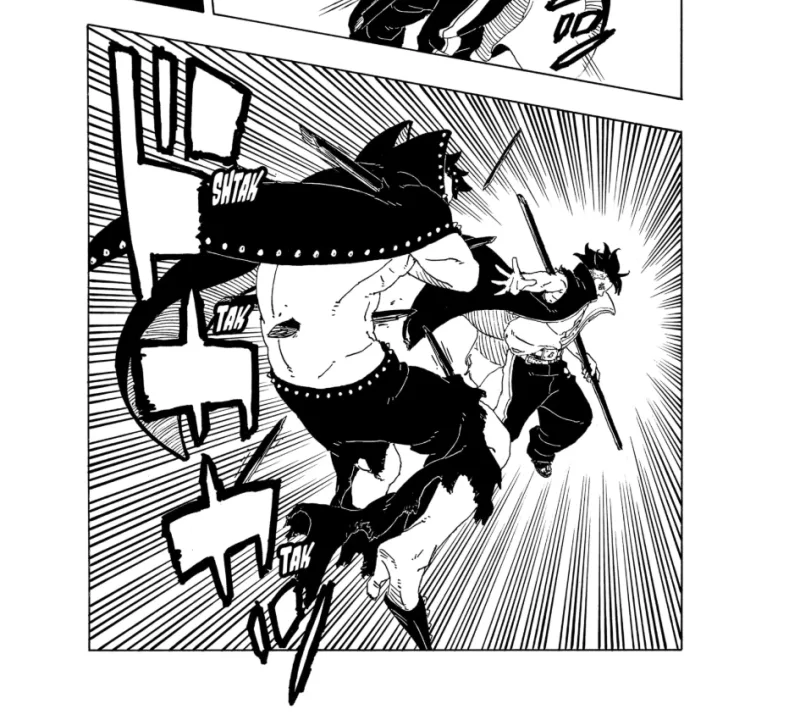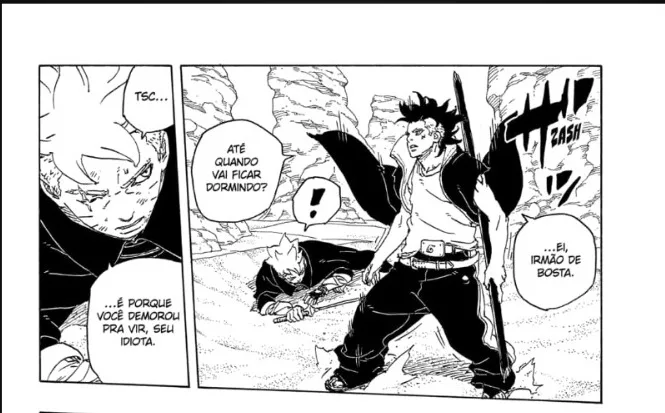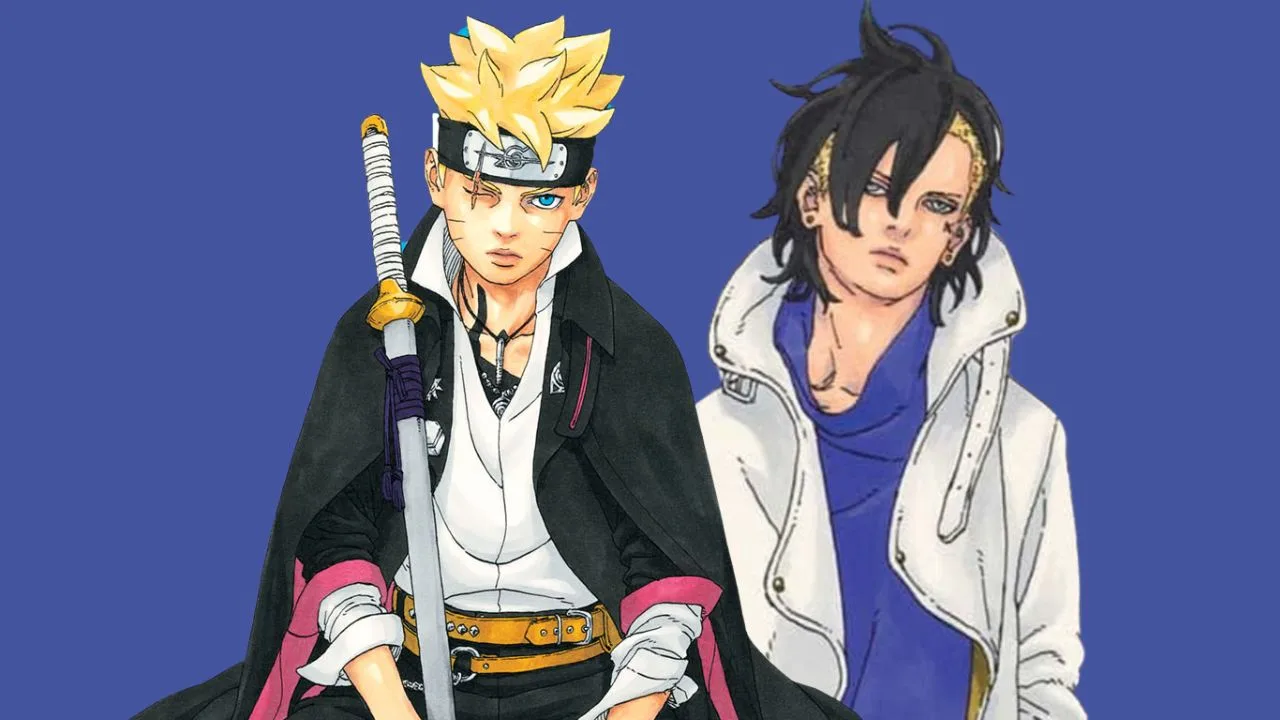Chapter 23 of Boruto: Two Blue Vortex, officially released on June 19, marks a significant turning point in the battle against Jura and reinforces a narrative thread that has been building for months: Kawaki, despite protecting Naruto, doesn't share the former Hokage's ideals. The temporary alliance between Kawaki and Boruto sparks discussion among readers, mainly due to the symbolism involved and the contrast between the characters' motivations.
- Boruto Two Blue Vortex: Can Himawari Surpass Naruto?
- Kishimoto makes Jura vulnerable in Boruto Two Blue Vortex

The confrontation with Jura exposes the complexity of the relationship between Boruto and Kawaki
The chapter resumes the intense battle against Jura, who had taken a clear advantage until this point. Kawaki's unexpected arrival changes the course of the battle and creates a rare bond with Boruto, who had already foreseen multiple catastrophic futures based on Kashin Koji's visions. The apparent cooperation between the two young men is strategic, but carries more tension than true trust.
Despite fighting alongside Boruto, Kawaki makes it clear that his goals are not aligned with the protagonist's. The presence of the forehead protector, a traditional symbol of loyalty to the Hidden Leaf Village, on his head is ambiguous. While some readers interpret the gesture as a sign of reconciliation, Kawaki's firm stance in protecting only Naruto suggests otherwise.

Kawaki acts out of personal loyalty, not shinobi ideology.
Naruto has always harbored an ideal that goes beyond protecting his loved ones: he believed in caring for everyone in the village, including those outside the Leaf. Kawaki, however, even when facing dangerous enemies like the Shinju, seems driven solely by the desire to keep Naruto safe, even if it means making decisions the Hokage himself would never approve.
The greatest proof of this remains the fact that Naruto and Hinata remain imprisoned by Kawaki's decision. This not only shocks those who follow the series, but also reinforces the gulf between the two characters' worldviews. For Naruto, freedom and dialogue have always been above force. For Kawaki, isolation seems to be the only way to preserve what he considers important.

The struggle reinforces the differences between traditional techniques and technological modification
Another aspect addressed in Chapter 23 is the contrast between fighting styles. While Boruto continues to refine his skills based on ninja training and strategies, Kawaki increasingly relies on technological tools and body modifications. The use of scientific resources to fight highlights not only a practical difference, but also a philosophical one.
Although technological tools have long been integrated into the ninja world, Kawaki makes them his primary foundation, something that sets his trajectory apart from ninjas like Naruto, Sasuke, and other veterans of the previous era. This raises the question: to what extent can Kawaki's path be considered part of the shinobi tradition?
Expectations for the next chapter: rupture or rapprochement?
With Jura's retreat increasingly likely, the chapter's ending leaves open the possibility of a new direct confrontation between Boruto and Kawaki. The growing tension between the two deepens, and the brief alliance seems only to postpone the inevitable. The author plants clues about future twists that should impact not only the narrative but also the very ideological structure of the Boruto universe.
Chapter 23 not only delivers action and character development, but also presents the reader with a profound reflection on what it means to be a true shinobi. While Boruto attempts to carry on Naruto's legacy, Kawaki forges his own path, and there may be no turning back.


